FPV Drones: The Weapon That Changed Modern Warfare
Modern military conflicts are rapidly evolving, and at the heart of this transformation are unmanned aerial vehicles, particularly FPV (First Person View) drones. Their speed, mobility, and ability to execute complex tasks have made these devices a crucial element in the arsenal of contemporary armed forces.
What Are FPV Drones? FPV drones are unmanned aircraft controlled via a live video feed from a camera mounted on the drone. The operator uses goggles or a screen to view the video in real time, providing a "first-person view" experience. This precise control allows for highly accurate maneuvers and mission execution.
Military Applications
- Reconnaissance and Surveillance: FPV drones can discreetly conduct reconnaissance and provide live video feeds from hard-to-reach areas. Their ability to fly at low altitudes makes them highly effective for real-time data collection.
- Combat Drones (Kamikaze): FPV drones equipped with explosives are becoming increasingly popular for attacking enemy equipment or personnel. Their precise navigation can penetrate secured areas, inflicting significant damage.
- Mine Detection and Area Clearance: Some drones are equipped with sensors for detecting landmines or assisting with other demining operations.
Technical Specifications
- Speed: Some models can reach speeds of up to 100 mph (160 km/h), making them fast-moving and difficult targets to neutralize.
- Maneuverability: Advanced flight controllers allow drones to perform complex maneuvers, enabling them to evade air defense systems.
- Control Range: Modern signal transmission systems enable control over distances of up to 6 miles (10 km), expanding their combat mission capabilities.
- High-Resolution Cameras: These provide clear images essential for mission precision.
FPV Drones in Combat FPV drones play a critical role in warfare, as seen in recent conflicts. Their deployment can swiftly alter the course of operations, giving one side a strategic advantage. They are especially effective in asymmetric warfare, where technological superiority can be a decisive factor.
Challenges and Drawbacks
- Vulnerability to Electronic Warfare: Modern electronic warfare systems can jam signals or intercept drone control.
- Limited Battery Life: The short flight duration of drones limits their operational range, complicating extended missions.
FPV drones have become a fundamental part of modern warfare, which continues to evolve. Their future development will depend on technological advancements and adaptations in military strategies.

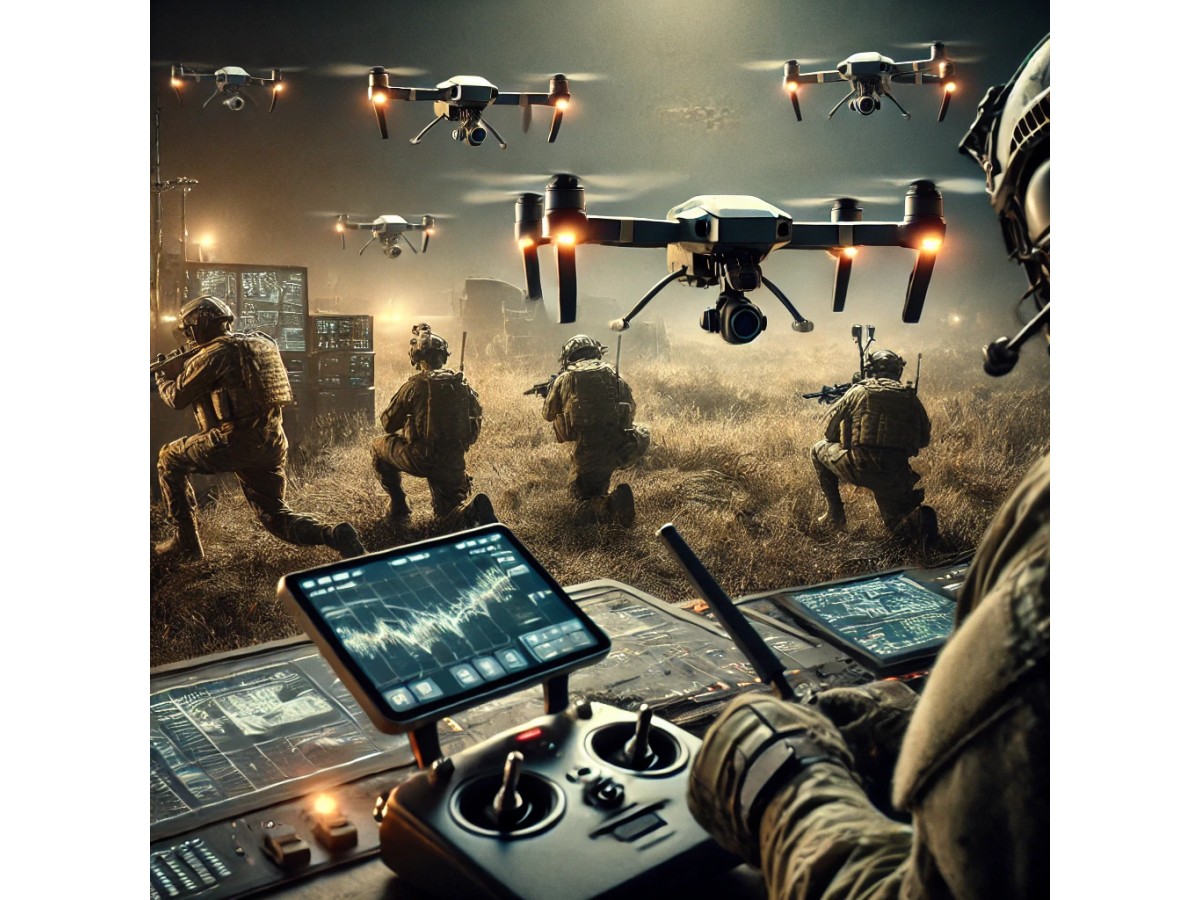
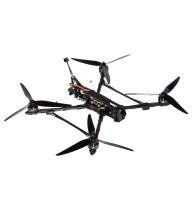
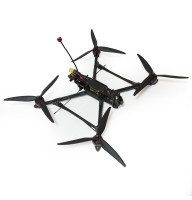
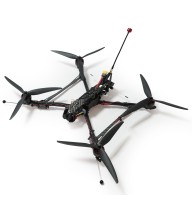
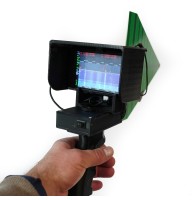

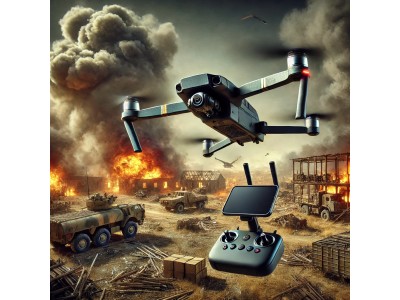
Write a comment